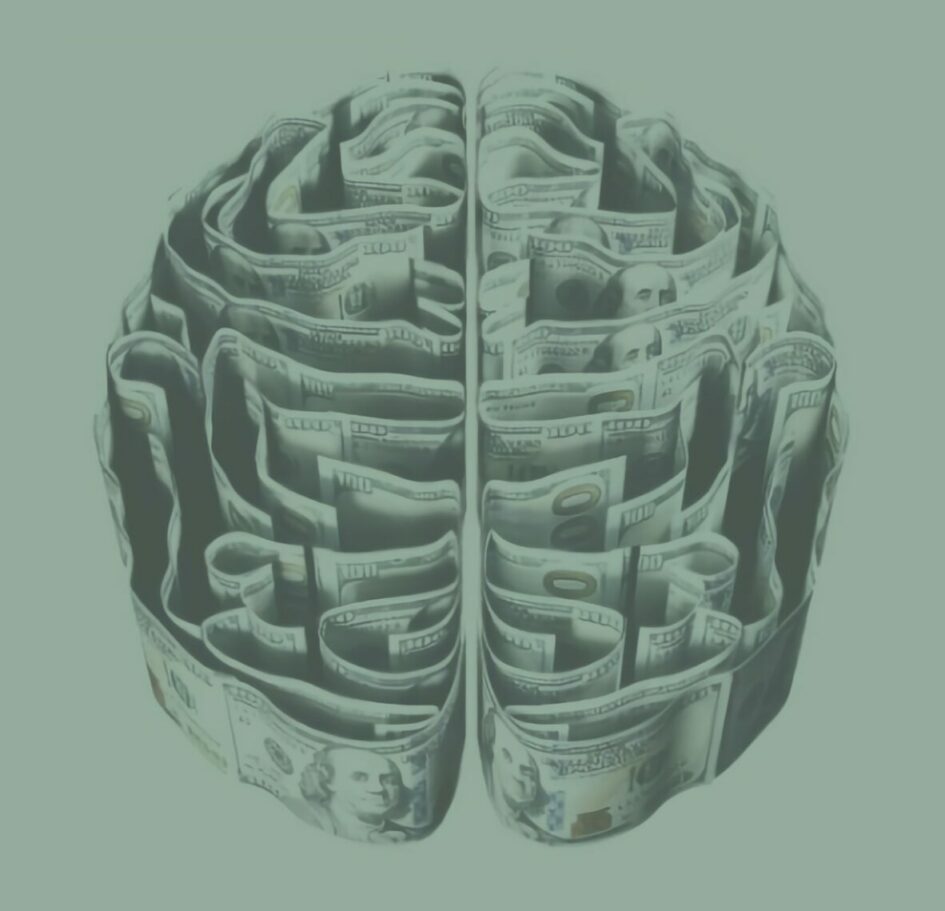
Sketchnoting is a creative and fun way of note-taking using both words and pictures together to promote engagement and memory. I have a habit of doodling on my paper in class, but if I can start using my habit of doodling into more *productive* visual cues I realized my notes could not only be more fun and visually pleasing but also more effective for me and my learning. I had heard the term sketchnoting tossed around before, but was never sure exactly what it was, so this tutorial was super interesting to work through and learn about the various visual cues you can use to emphasize main ideas or points in your notes. Even without actually drawing, there are so many ways to adopt sketchnoting into everyday practice! You don’t have to be artistically inclined to start sketchnoting!
This week I also looked at Applying the Multimedia Principle. Similar to sketchnoting, the multimedia principle discussed in the article suggests that the use of both graphics (static or dynamic) should be used alongside text and words to allow full learning potential––particularly for e-learning and online courses. While static graphics (such as pictures or diagrams) are more useful to connect various concepts through the lesson, dynamic graphics (such as videos or animations) should be geared more towards instructional portions of the lesson. All graphics, however, should be used with purpose and have intention, they should not be used to fill space or be put in as an afterthought. I think, oftentimes, this is what many lesson planners find the most difficult whilst making effective multimedia lessons.

October 14, 2021 at 4:48 pm
Hey Emily,
It is always nice when you can take something you enjoy doing and make something productive out of it! Also, I too like the use of graphs in my learning materials along side the text, as not only can I read the information in the words, I can also see a quicker vicual representation of what I just read. Later, to recall what was learned, you may not need to read over the entire page again, but instead look at the graph to jog your memory.